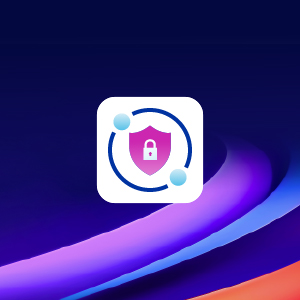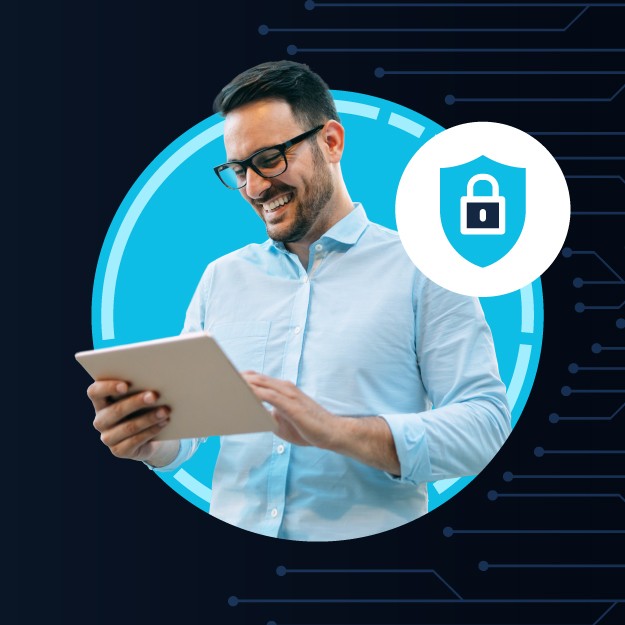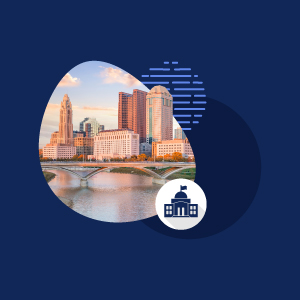As organizations adapt to increasingly complex IT ecosystems, traditional static access policies fail to meet modern security demands. This blog instance continues to explore how identity attributes, and governance controls impact contextual and dynamic access policies—as highlighted previous articles; Governing Identity Attributes in a Contextual and Dynamic Access Control Environment and SailPoint Identity Security The foundation of DoD ICAM and Zero Trust, it examines the role of identity governance controls, such as role-based access (dynamic or policy-based), lifecycle management, and separation of duties, as the foundation for real-time decision-making and compliance. Together, these approaches not only mitigate evolving threats but also align with critical standards like NIST SP 800-207, NIST CSF, and DHS CISA recommendations, enabling secure, adaptive, and scalable access ecosystems. Discover how this integration empowers organizations to achieve zero-trust principles, enhance operational resilience, and maintain regulatory compliance in an era of dynamic threats.
Authors Note: While I referenced the DoD instruction and guidance, the examples in the document can be applied to the NIST Cybersecurity Framework, and NIST SP 800-53 controls as well. My next article with speak specifically to the applicability of the DHS CDM MUR and future proposed DEFEND capabilities.
Defining Contextual and Dynamic Access Policies
Contextual and dynamic access policies adapt access decisions based on real-time inputs, including user identity, device security posture, behavioral patterns, and environmental risks. By focusing on current context rather than static attributes, these policies mitigate risks such as over-provisioning or unauthorized access.
Key Features:
- Contextual Awareness: Evaluates real-time signals such as login frequency, device encryption status, geolocation, and threat intelligence.
- Dynamic Decision-Making: Enforces least-privilege access dynamically and incorporates risk-based authentication (e.g., triggering MFA only under high-risk scenarios).
- Identity Governance Integration: Leverages governance structures to align access with roles, responsibilities, and compliance standards.
The Role of Identity Governance Controls
Identity governance forms the backbone of effective contextual and dynamic access policies by providing the structure needed for secure access management. Core components include:

- Role-Based Access Control (RBAC), Dynamic/Policy-based: Defines roles and associated entitlements to reduce excessive or inappropriate access.
- Access Reviews: Ensures periodic validation of user access rights, aligning with business needs and compliance mandates.
- Separation of Duties (SoD): Prevents conflicts of interest by limiting excessive control over critical processes.
- Lifecycle Management: Automates the provisioning and de-provisioning of access rights as roles change.
- Policy Framework: Establishes clear baselines for determining who can access what resources under specific conditions.
Balancing Runtime Evaluation and Governance Controls
While governance controls establish structured, policy-driven access frameworks, runtime evaluations add the flexibility to adapt to real-time risks. Together, they create a layered security approach:
- Baseline Governance: Sets foundational access rights using role-based policies and lifecycle management.
- Dynamic Contextualization: Enhances governance by factoring in real-time conditions to ensure access decisions reflect current risk levels.
- Feedback Loops: Insights from runtime evaluations inform and refine governance policies over time.
Benefits of Integration
By combining governance controls with contextual access policies, organizations achieve:
- Enhanced security through continuous evaluation and dynamic risk mitigation.
- Improved compliance with regulatory frameworks like GDPR, HIPAA, and NIST standards.
- Operational efficiency by automating access reviews and reducing administrative overhead.
The integration of contextual and dynamic access policies with identity governance controls addresses the dual needs of flexibility and security in modern cybersecurity strategies. By combining structured governance with real-time adaptability, organizations can mitigate risks, ensure compliance, and achieve a proactive security posture that aligns with evolving business needs and regulatory demands. This layered approach represents the future of access management in a rapidly changing digital environment.
To learn more about how SailPoint can support your organization’s efforts within identity governance, cybersecurity and Zero Trust, view our resource, “The Anatomy of a Contextual and Dynamic Access Policy.”
Carahsoft Technology Corp. is The Trusted Government IT Solutions Provider, supporting Public Sector organizations across Federal, State and Local Government agencies and Education and Healthcare markets. As the Master Government Aggregator for our vendor partners, including SailPoint, we deliver solutions for Geospatial, Cybersecurity, MultiCloud, DevSecOps, Artificial Intelligence, Customer Experience and Engagement, Open Source and more. Working with resellers, systems integrators and consultants, our sales and marketing teams provide industry leading IT products, services and training through hundreds of contract vehicles. Explore the Carahsoft Blog to learn more about the latest trends in Government technology markets and solutions, as well as Carahsoft’s ecosystem of partner thought-leaders.



 Utilizing a single platform that connects automation of other tools into that platform helps agencies get real-time data reporting and addresses risk within the organization. By using multiple endpoint management and security tools in a single platform, agencies can streamline their operations, reduce costs and improve their overall security posture.
Utilizing a single platform that connects automation of other tools into that platform helps agencies get real-time data reporting and addresses risk within the organization. By using multiple endpoint management and security tools in a single platform, agencies can streamline their operations, reduce costs and improve their overall security posture.